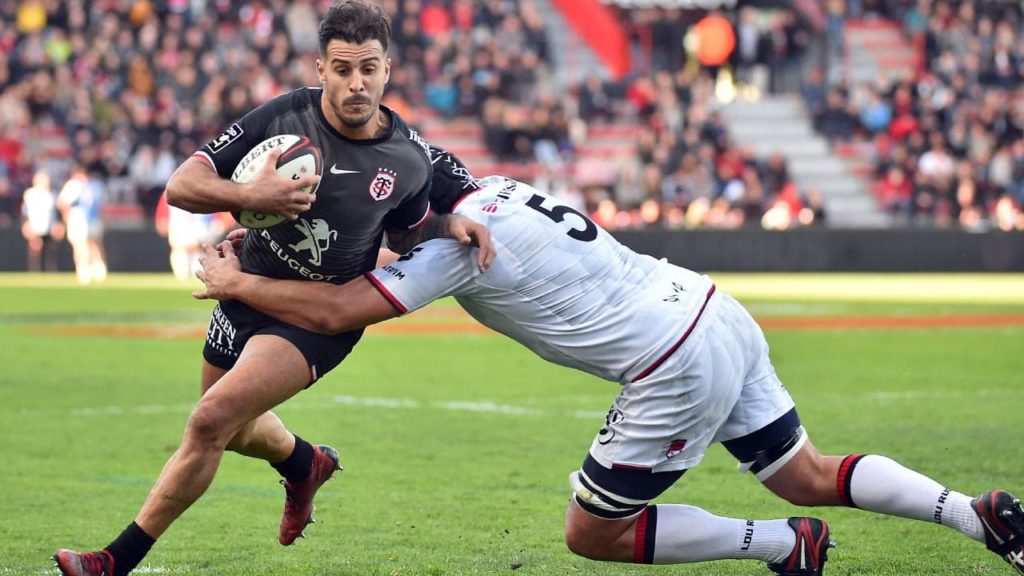- Props and Hookers
Good maximum strength in legs, lower back, neck and shoulders for holding initial thrust by opposition in scrum, and overcoming that resistance.

Power
In legs, gluteals (butt) and hips for initial thrust in scrum, jumping and lineouts.
Local muscular endurance
In all above muscle groups plus forearms, biceps and triceps and upper back for repetitive wrestling type activity in the “loose”.
- Second Row
As above plus power. More jumping height expected and more speed expected than front row.
- No. 8 Lock Forward
As 1. and 2., but also likely to be involved in more running than 2nd row, therefore more speed is expected.
- Wing Forward
As 1. and 2., but also more power endurance (ability to sustain speed) is required.
- Scrum Half/Stand Off
Needs good lateral explosion and reflex/reaction time. Good muscular endurance (likely to get caught in loose rucks more than other backs, except F.B.) and ability to overcome inertia, i.e., move very fast from a dead stop.
- Fullback Inside/Outside, Outside Center, Wings
Power endurance, the ability to sustain maximum speed. Power, as it applies to exploding through a tackle.





